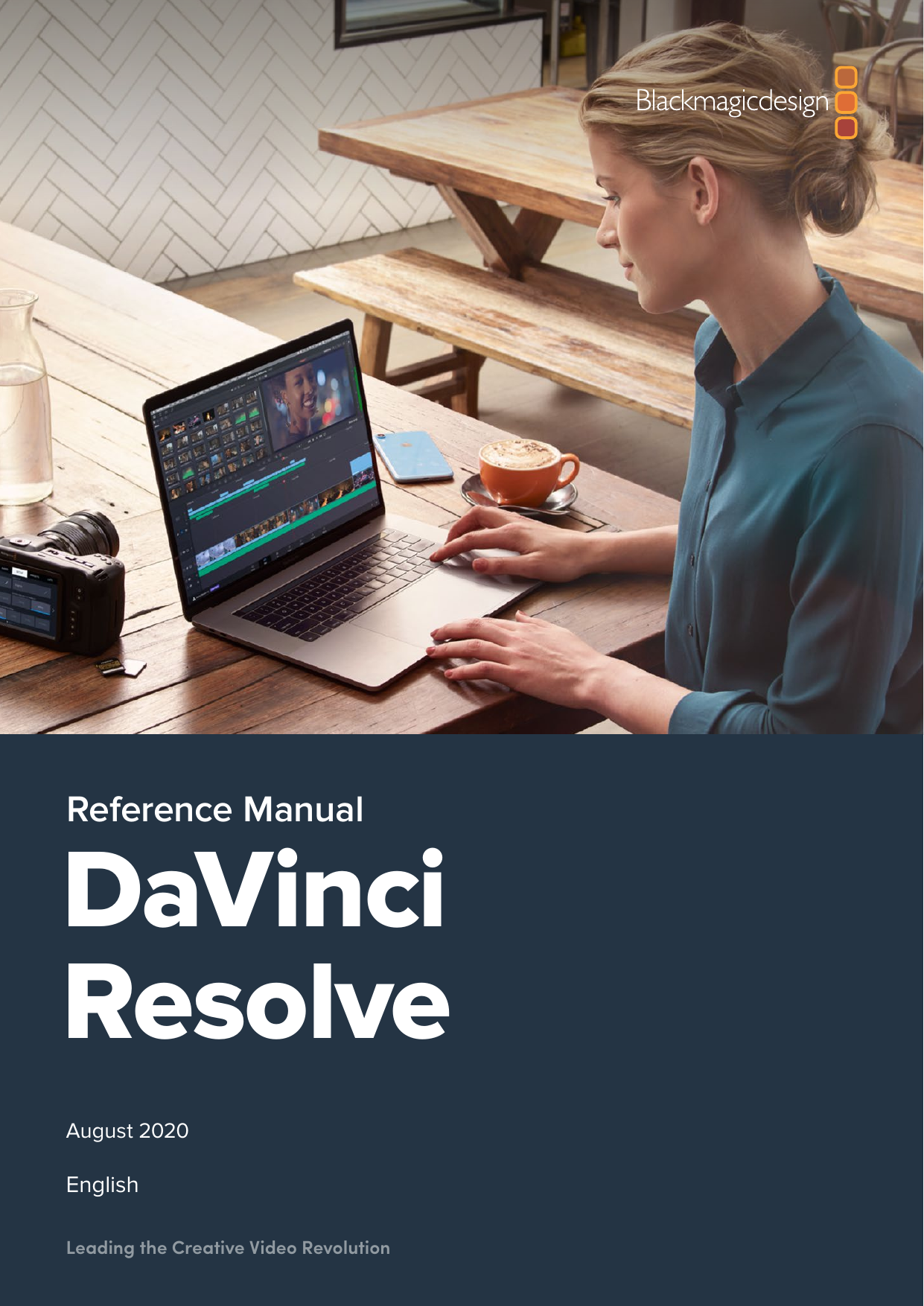


Go to the menu bar and select File > Import > Import Media.Once you’ve created your new project, it’s time to import the video clips and other media you want to use to cut together in your video.ĭaVinci Resolve features a range of primary tabs used for different aspects of post-production, and you can import media easily in a variety of ways. I’ve put together this tutorial covering the basics of DaVinci Resolve, from setting up a project to adding text and special effects to make your videos pop out of the screen.ĭaVinci Resolve Tutorial Step 4: Importing media While its comprehensive range of tools might be daunting for some, it’s an intuitive system that can be used to deliver great results and produce professional-looking video content. With many of these core features available in the free-to-use version, it’s not hard to see why it’s fast becoming the go-to video post-production suite for hobbyists and professionals alike. I’ve worked with a range of free-to-use editing suites but have often found their focus purely on editing leaves out important aspects of post-production.īlackmagic Design’s video editing software DaVinci Resolve delivers a full post-production package capable not only of editing but also features a range of tools for colour grading and visual effects. With many video editing programs available, choosing the right one for your needs can be something of a minefield.


 0 kommentar(er)
0 kommentar(er)
